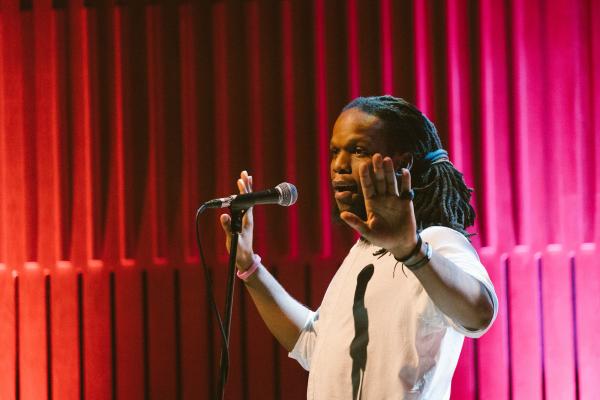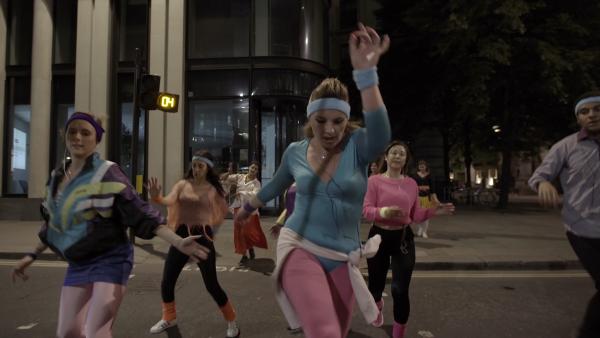Architectural Acupuncture: Entertainment, Education, Enjoyment and Employment
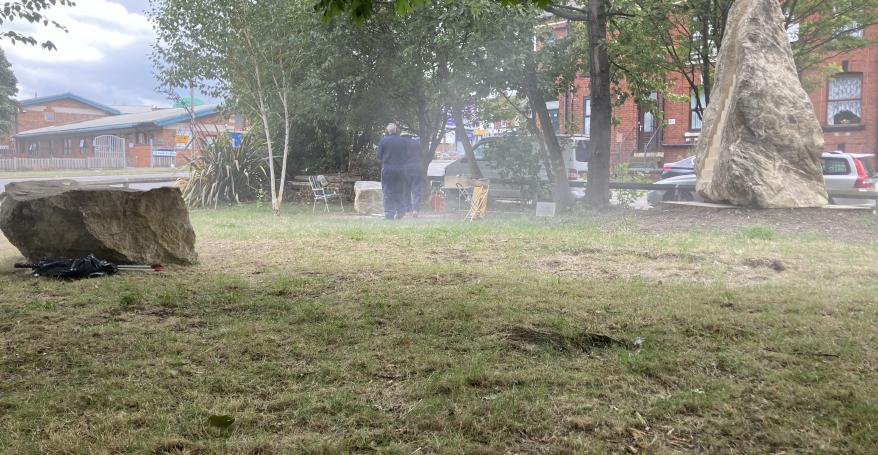
Over the next three months, BasementArtsProject will be working with sculptors John Barber and Keith Ackerman on the production of two stone benches. The benches will be made using the same type of stone as the sculpture Jacob’s Ladder, also sited on the same bit of land at the edge of Tunstall Road, and the same process of direct carving.
Jacob’s Ladder is a 9ft tall, 7 tonne sculpture by Keith Ackerman; made from 260,000,000 year old Tadcaster Limestone, it was originally commissioned as part of the Yorkshire Sculpture International 2019. Whilst we did not expect the project to be completed within the one hundred days of the YSI, we did not foresee covid and the enforced hiatus.
As a result, the project has changed shape numerous times since the outset, but we now find ourselves at the beginning of a series of public engagements in which we will be encouraging people to explore the real value of art: the ability to transform our environment and shape our thinking in more creative and productive ways.
Monumental, inspiring, and awesome are just three words that have cropped up in my conversations with the public about this sculpture. Now we are offering you the opportunity to learn how to do it and have a go at carving by hand, with Carving 'On the Corner' throughout September and October.
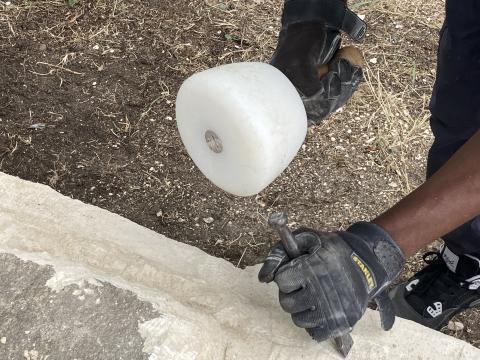
Based on a smaller sculpture of the same name by the artist Keith Ackerman, Jacob’s Ladder was originally produced in Ledmore Marble and measured 130x130x130mm. When I asked Keith if he would like to produce a larger version of the sculpture, he asked me how big? When I said 9ft he jumped, with slight trepidation, at the chance. Three years later, here we are, with the artist having produced his largest sculpture ever, and me trying to find out if it is the largest free standing stone sculpture in a public place in Leeds.
The sculpture has already radically altered the landscape of South Leeds. There is an acknowledged method of urban revitalisation known as ‘Architectural Acupuncture’. This is something that was brought to my attention during this project, I had never heard of it before. The principle is the same as acupuncture for the human body. The method proposes interventions at meridian points in the environment, thereby releasing trapped energy and restoring the overall health of the area.
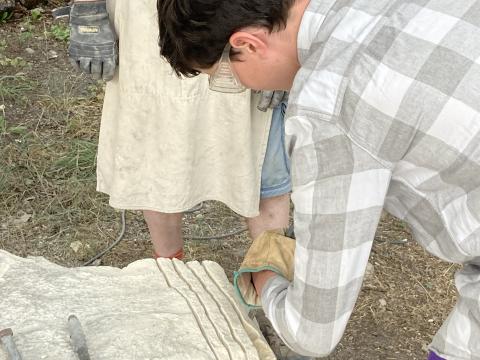
This plot of land in South Leeds is one such meridian point. A spot in which the build-up of negative energy has, over seven years, led to complete inertia. Removing access to the land, once used by the public, and being allowed to become overgrown gave the site a new set of inhabitants engaging in all manner of anti-social behaviour, and turning it into a no-go zone for everyone else.
Between May 2021 and May 2022 sculptor Keith Ackerman, technician John Barber and I (as BasementArtsProject) worked periodically on the land, and we changed the nature of things completely. Littering and fly-tipping stopped alongside other anti-social behaviour, and people started to show an interest in what we were doing as they passed by on a daily basis.
With Jacob’s Ladder now upright and in place, instead of waste management and litter picking, we have been able to focus on the next stage of the project which is to engage in a practical sense with the community.
Whilst working on the sculpture and engaging with members of the community of all ages, who we enlisted in passing to help us carve, we've heard their stories and had insight into their lives. We've shown how community art is for all, that everyone is welcome to join in and has a contribution to make. Our conversations have been uplifting and tragic in equal part, we have found that the creation of Jacob's Ladder over the year in the open in the community has a significance in individuals' own life stories as they have gone about their own business in and around the same space.
This has reinforced in my mind the idea that the visibility of art in society, and the promotion of it as a source of aspiration: education, enjoyment, entertainment and employment is essential, even more so in such straightened times as these.
Such projects will always have their detractors, even within the communities they aim to support, but they are important for the sake of everybody - even through the harshest and most desperate of times. This is why it is important that alongside the daily struggle to survive, which is a very real and grim struggle that mercilessly grinds many down, we must still have a vision for the future for, as Angela Davis points out “no change is possible without hope”.
Find out more about your chance to join the project Carving 'On The Corner', here.


